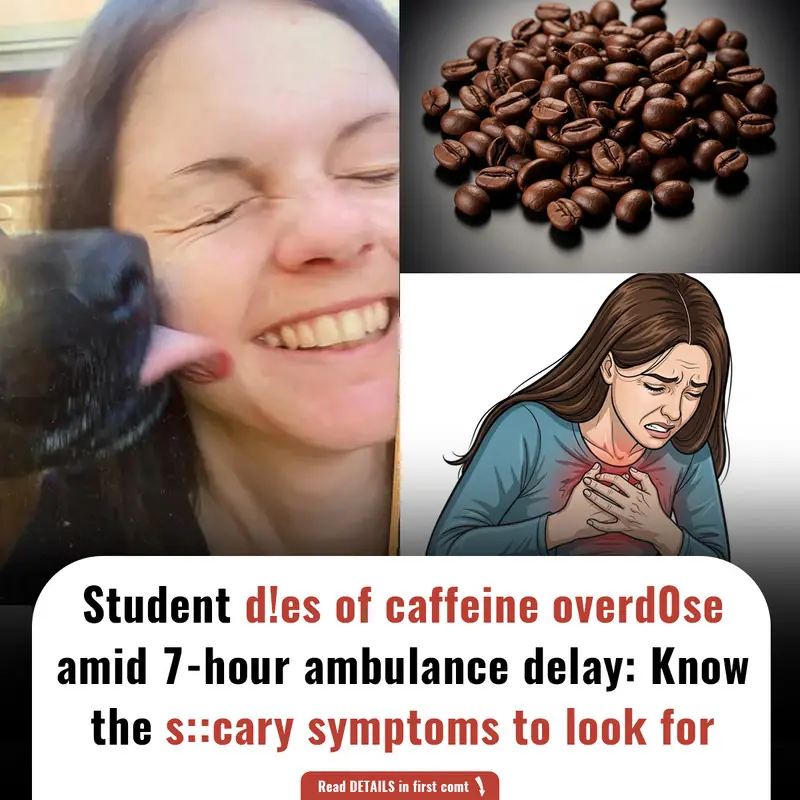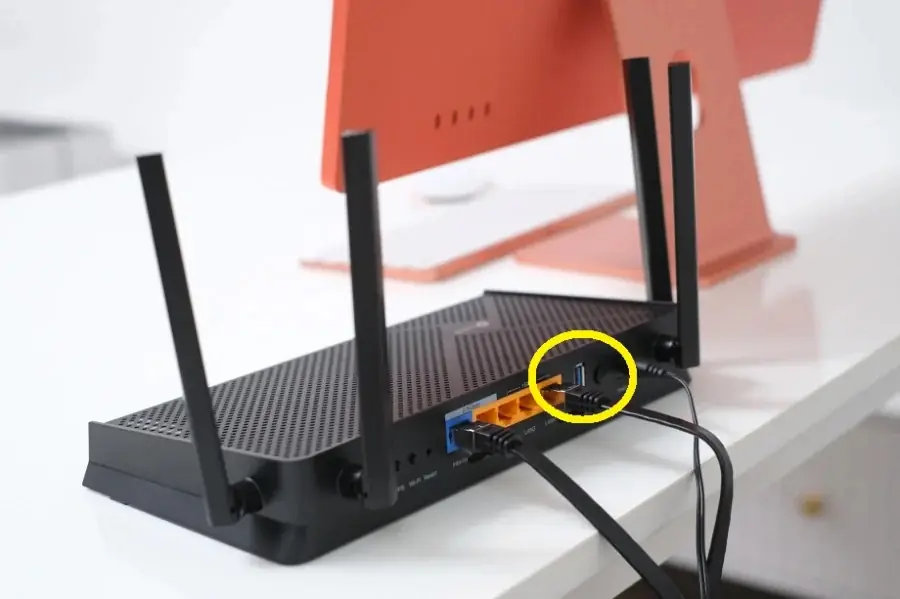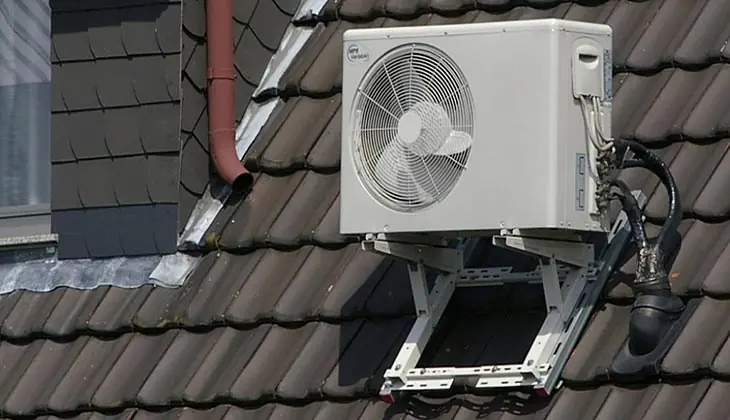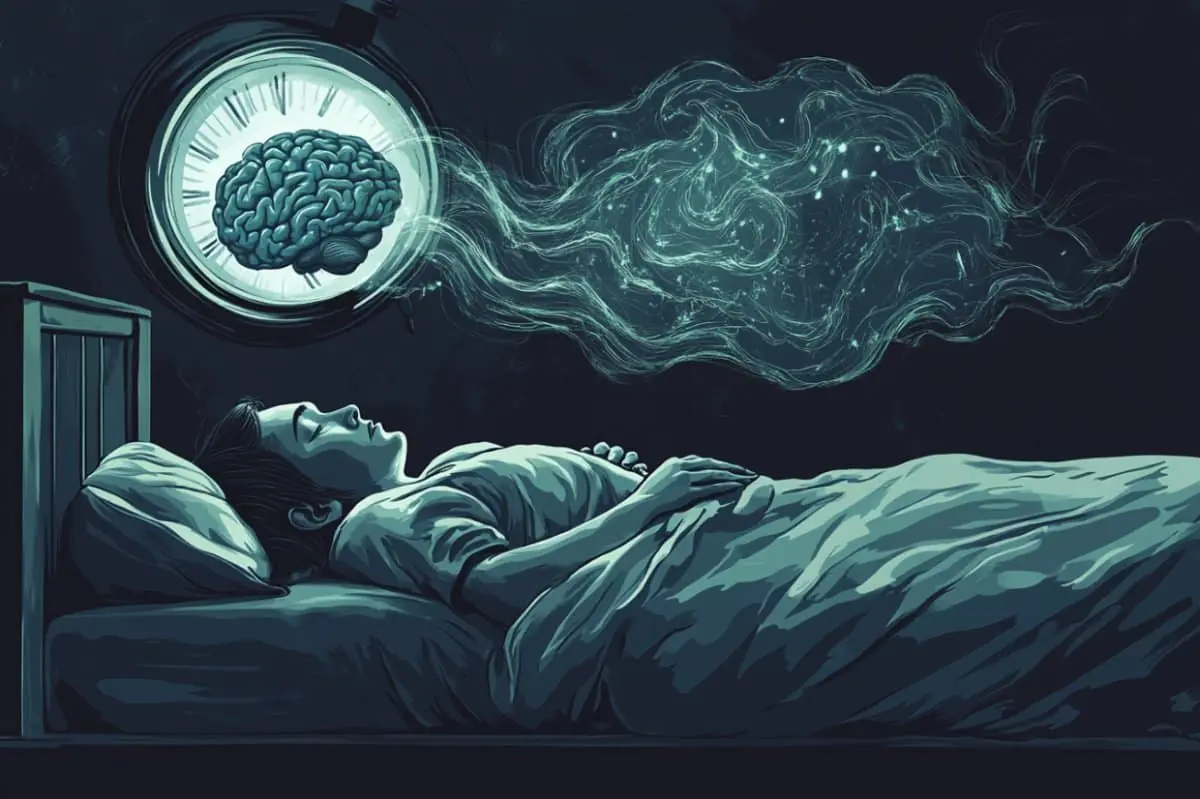Discover the symptoms of the new Nimbus COVID-19 variant, including the pa!nful 'razor thr0at.' Learn about the rise of this strain, its impact, and how to stay safe. Stay informed on the latest health developments!
Understanding the New 'Nimbus' COVID-19 Variant: Symptoms and What to Look For
As a new COVID-19 variant, dubbed "Nimbus" or NB 1.8.1, continues to spread across the United States, health experts are raising awareness about a particularly painful symptom: the "razor throat." This new strain, which was first detected in China in January, has rapidly gained attention due to its alarming symptoms and its swift spread. In this article, we’ll dive into the details of the Nimbus variant, its symptoms, and what you should be aware of.

What is the Nimbus COVID-19 Variant?
The Nimbus strain of COVID-19, officially named NB 1.8.1, was identified as a variant "under monitoring" by the World Health Organization (WHO) in May. Since then, it has been reported in several U.S. states, including California and New York, with cases steadily increasing globally. The Centers for Disease Control and Prevention (CDC) data reveals that between May 25 and June 7, NB 1.8.1 accounted for 37% of all COVID-19 cases in the U.S.
While the Omicron LP.8.1 variant remains the most commonly reported variant at present, the rise of NB 1.8.1 is significant, marking a shift in the distribution of variants in recent weeks. For context, the CDC data from April 26 to May 10 showed Omicron LP.8.1 made up 70% of reported cases, but the emergence of NB 1.8.1 shows a rapid shift in viral patterns.
Razor Throat: A New and Painful Symptom
One of the most striking symptoms of the Nimbus variant is the so-called "razor throat." This excruciatingly painful sore throat has been reported as more prevalent with the new strain than with its predecessors. Health experts, including Dr. Tyler B. Evans, an infectious disease expert, have pointed out that the severity of the sore throat may be one of the most noticeable differences in this variant.
The term "razor throat" refers to an intense sore throat sensation that feels as though your throat is being scraped or cut. While it’s not clear whether this symptom is unique to Nimbus or a general trend with newer strains, it’s important to note that this symptom can be an indicator of infection, especially when accompanied by other typical COVID-19 signs.
Other Common Symptoms of the Nimbus Variant
While the razor throat is particularly alarming, it’s not the only symptom associated with the Nimbus variant. According to the CDC, the following symptoms are common with COVID-19 infections, including those caused by NB 1.8.1:
- Fever or chills
- Cough
- Shortness of breath
- Congestion or runny nose
- New loss of taste or smell
- Fatigue
- Muscle or body aches
- Headache
- Nausea or vomiting
- Diarrhea
Experts note that while these symptoms align with those of earlier COVID-19 strains, the presence of a severe sore throat could signal a more severe case in certain individuals, particularly those who are unvaccinated or immunocompromised.
The Role of Vaccination and Immunity
As with previous variants, those who are unvaccinated or immunocompromised may experience more severe symptoms, potentially leading to respiratory distress. Health professionals urge individuals in these groups to remain vigilant and seek medical attention if symptoms worsen. Even for those who are vaccinated, keeping an eye on the progression of symptoms is important, as breakthrough infections are still possible.
What Should You Do If You Experience Symptoms?
If you develop symptoms that resemble those associated with the Nimbus variant—especially a sore throat, fatigue, or loss of taste or smell—it's crucial to get tested for COVID-19 immediately. Although the "razor throat" symptom might cause alarm, early testing and diagnosis are key to managing any potential infection effectively.
Stay informed, practice good hygiene, and follow local health guidelines. If you're experiencing any of the above symptoms, particularly a severe sore throat, seek medical guidance right away.
Conclusion: The Impact of the Nimbus Variant
The emergence of the Nimbus COVID-19 variant underscores the importance of remaining vigilant and responsive to new developments in the pandemic. While the symptoms are largely similar to those seen in other variants, the sharp sore throat—"razor throat"—has captured attention as a unique and painful symptom. The rise of NB 1.8.1 highlights the dynamic nature of the virus and the continued need for public health measures.
Stay up to date with the latest CDC reports and consider the advice of health professionals to stay safe as new variants emerge.
Sources:
-
Centers for Disease Control and Prevention (CDC)
-
WHO (World Health Organization)
-
LA Times, for reports on Nimbus strain (NB 1.8.1)

































